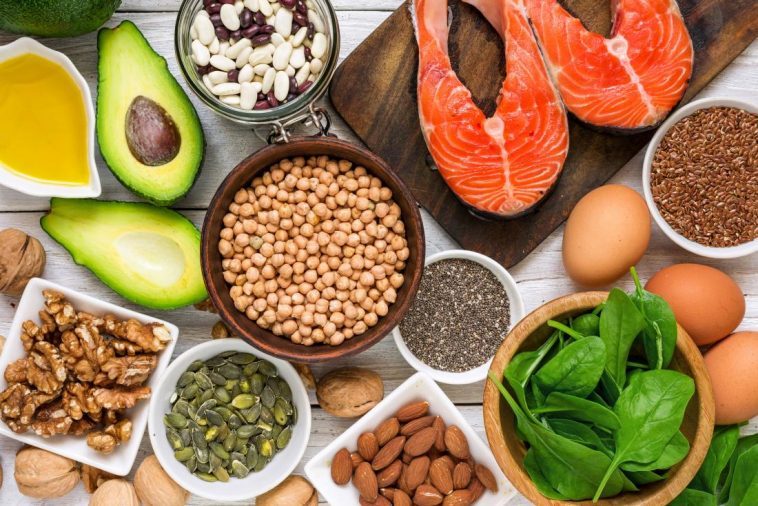For years now we have been told about the goodness of omega-3 fatty acids. It has been raved about as a go-to ingredient for glowing skin. But it’s time to dig deeper into the miraculous omega-3 to better understand what it really is, how it aids our overall health and most importantly how much is good enough.
Rather than mindlessly eating omega-3 rich foods, targeting one or two health concerns or organs of our body and incorporating these foods will yield better results.
Omega-3 fatty acids are widely found in marine animals but land mammals cannot produce it and the only way to acquire it is through diet. It can be split into three major types; ALA,DHA and EPA. Each type not only aids different parts of our body but these types are singularly present in certain foods.
TYPE 1
ALA is alpha-linolenic acid, which is predominantly found in plant-based foods such as nuts and seeds. ALA cannot individually function in the body but has to be converted into DHA or EPA. When the conversion doesn’t happen it is simply used up as energy. Omega-3 ALA has fewer health benefits as compared to the other two types but is still a genuine supplement for vegetarians and vegans. ALA helps in maintaining a healthy heart and also fights cardiovascular diseases.
Foods rich in ala Omega-3: Walnuts, Kale, Soybeans and Flaxseed.
TYPE 2
DHA is short for Docosahexaenoic acid.
The most fascinating aspect of DHA omega-3 is the fact that it is a major structural component in the retina of the eyes; directly impacting and targeting our vision. It also improves and maintains brain function as the brain is mostly made up of dry fat which DHA provides up to 25%. It aids the nerve cells to communicate better and reduces the risk of age-related memory loss like Alzheimer’s and is proven to control the symptoms of ADHD.
Foods rich in DHA Omega-3: Fatty fish like Salmon, Tuna & Mackerel, algae and eggs.
The combination of EPA and DHA is said to work better.
TYPE 3
EPA, eicosapentaenoic acid works as an excellent anti-inflammatory element and fights against pro-inflammatory acids. It lowers the risk of cholesterol in the body and has similar benefits to DHA. The body responds better to the combination of EPA and DHA than individually.
In addition to this, foods rich in DHA omega-3 also have EPA so we naturally get a supplement of both in most fish and algae.
For all the vegetarians, supplements are the perfect way to get these essential fatty acids in your system. To conclude, the absence of omega-3 fatty acids in our diet will not cause negative effects but its addition will keep many diseases at bay for sure.





GIPHY App Key not set. Please check settings